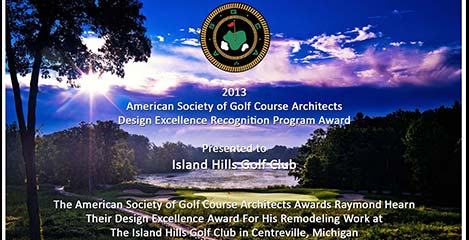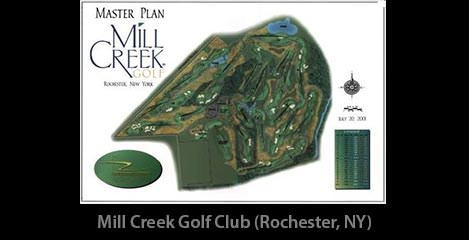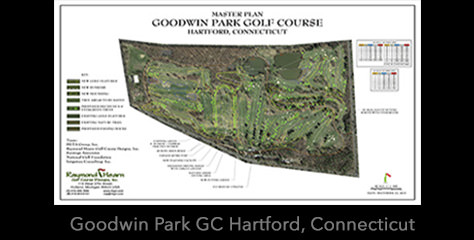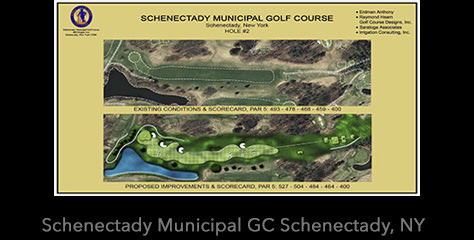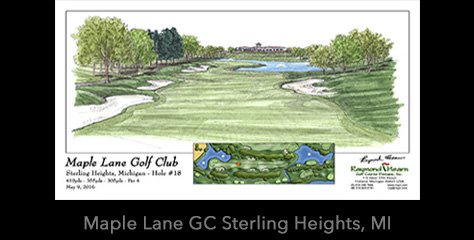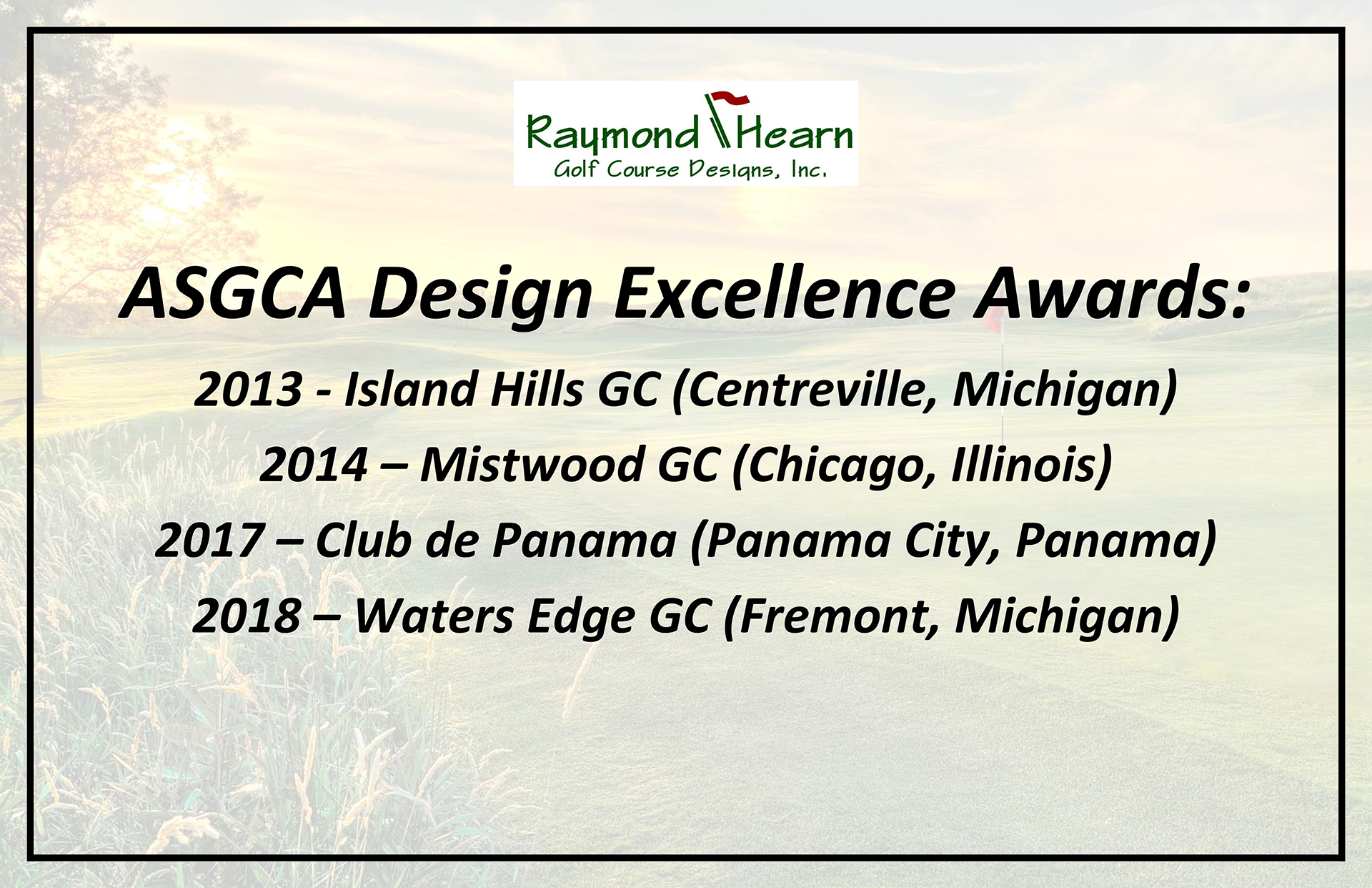
Why They Call Me ‘Renovation Ray’
In my career I’ve equally embraced the two areas of discipline that really comprise golf course architecture – new 18-hole design, and renovation, restoration and remodeling. From the very beginning, we embraced going on the road or traveling to take on the new 18-hole projects, and then there came what you could call a fork in the road.
I was growing tired of overseas trips, and at the same time renovations and the challenges they afforded grew more so than new course design. That was about the time the great recession hit 10 or so years ago and I was glad I was not pursuing new 18s as much as I had in the past.
Renovation, restoration and remodeling is our passion and has become our forte. We have always enjoyed this type of design work, and we have developed a national reputation for this in part through winning multiple re-design awards. This work is challenging yet greatly fulfilling.
As our reputation grew, and by design, we started focusing almost exclusively on renovation. The stars lined up with our passion. Then all of a sudden, the national attention, the awards and the nickname “Renovation Ray” came about, too. Renovation Ray has succeeded in the eyes of some historic golf clubs, everyday clubs, the media and the public.
We still accept 18-hole new design projects but only on rare occasions with special circumstances. In all our projects, new design or renovation, we enjoy the process of design, creating playability, working with the agronomics and providing sustainability. It’s an enjoyable undertaking for us, and very fulfilling.
I especially enjoy helping these classic clubs with great courses develop long-range master plans. We feel we have a unique approach because we have one of the most comprehensive master planning approaches in the golf industry, and it is our clients who tell us that, especially those clients who have worked with multiple architects over time.
My background as an Evan’s Scholar who worked in turfgrass and soils and then returned to Michigan State University to gain a landscape architecture degree with a golf course architecture emphasis is an advantage in all of our work.
I joke when I talk to golf clubs that a look out at the audience reveals 200 golf course designers sitting in front of me. The truth is most golfers and club members do have some preconceived ideas about what should be done, and they all have opinions.
My background allows me to look at a golf course though a superintendent’s eyes, a golfer’s eyes in terms of playability, a scholar’s eyes in loving the process of digging for and finding the history of a design and finally as a golf course architect in creating something that brings all those areas together.
I’m able to present those multiple things and unify a club with multiple decision makers and those individuals who think they know what the project needs because they have played that hole for the last 20 years. I can find ways to bring them all together. It’s a great challenge, but another thing I embrace. Pete Dye (one of my ASGCA sponsors) once said to me, “if you can get 80 percent of a membership to agree with you, that’s quite an achievement”. Historically, we have proudly batted 90-plus percent.
It comes down to hard work, understanding the disciplines of our work, understanding the history of a project, the willingness to listen and the ability to come up with conclusions that make the course better and more enjoyable. I compare this to a graduate student working to get his PHD and delivering that final thesis in which the hypothesis or design will be challenged. If you can later come away with a unified consensus that this is the path forward, that is a great feeling. It is exhilarating to succeed in providing a club the road map into the future that works for them.

